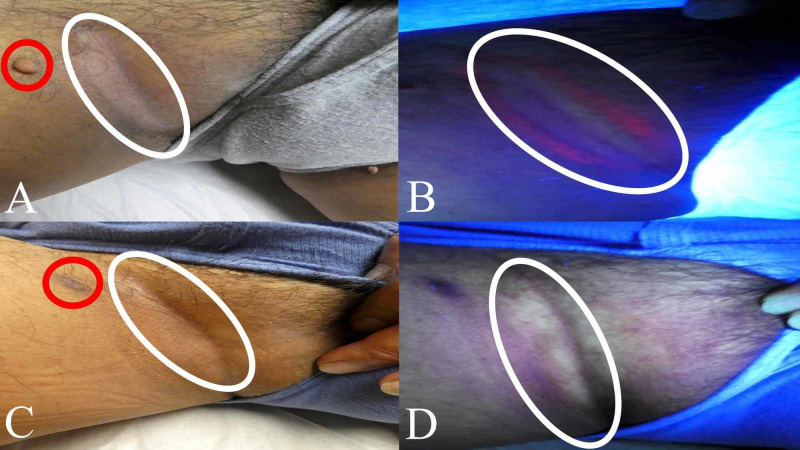Figure 1. Clinical presentation of erythrasma on the right inguinal fold.
A 60-year-old man presented for a skin check. He was concerned about a pedunculated lesion on his right proximal thigh (circled in red). Clinical examination also showed a central area of hypopigmentation with peripheral hyperpigmentation and scaling (circled in white) on his right inguinal fold (A). Wood lamp examination revealed a bright coral-pink fluorescence characteristic of erythrasma on the right inguinal fold (B). After six weeks of twice daily topical application of 2% mupirocin ointment, the biopsy site had healed (circled in red), and his previous lesion of erythrasma (circled in white) had resolved (C). Wood lamp examination was negative for erythrasma on his right inguinal fold; there was no residual coral-pink fluorescence (circled in white) after six weeks of topical 2% mupirocin ointment therapy (D).

